Your Recovery Journey After Knee Stem Cell Therapy in Malaysia
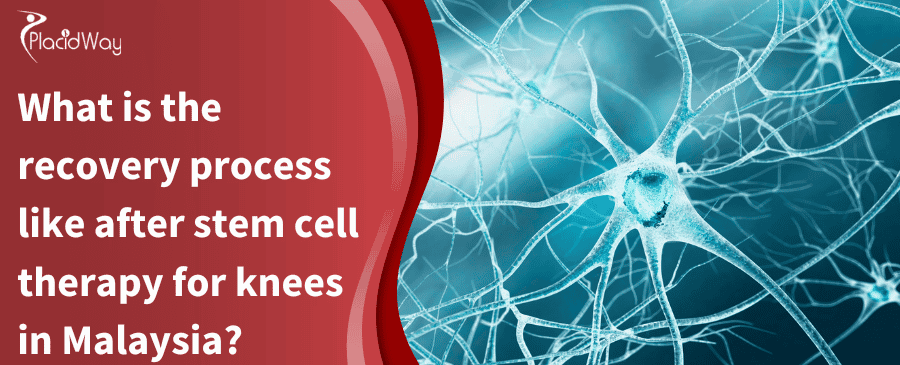
Knee pain is a widespread issue that can significantly impact your quality of life, making even simple activities feel like a challenge. For many, the thought of knee surgery is daunting, which is why alternative treatments are gaining popularity. One of the most promising of these is stem cell therapy for knees, a minimally invasive procedure that uses the body's own healing power to repair damaged tissue. Malaysia has emerged as a leading destination for this innovative treatment, offering high-quality care at competitive prices.
If you're considering this option, you're likely wondering what to expect after the procedure. Understanding the recovery process is crucial for setting realistic expectations and ensuring the best possible outcome. This guide will walk you through every step of the recovery journey after receiving stem cell therapy for your knees in Malaysia, from the moment you leave the clinic to the long-term results.
What should I expect immediately after the procedure?
Once the stem cell injection is complete, you won't be rushed out the door. Most clinics in Malaysia will have you stay for a short observation period, typically less than an hour, to ensure there are no immediate adverse reactions. The injection site might feel a bit sore, and some patients report a sensation of fullness in the knee joint, which is completely normal.
Because local anesthesia is used, your knee may feel numb for a few hours. You'll be given specific post-procedure instructions, including how to care for the injection site and what to do for the rest of the day. It's essential to have someone to drive you home, as you won't be able to operate a vehicle yourself.
What are the common side effects in the first few days?
Your body's natural response to the injection is to initiate an inflammatory healing process. This is a good sign, as it means the stem cells are getting to work. However, this can cause some temporary side effects. The most common are:
- Soreness and Swelling: The knee joint will likely be sore and swollen for a few days. This is a normal part of the healing process.
- Redness and Warmth: The skin around the injection site may appear red and feel warm to the touch.
- Pain Flare-up: It's not uncommon to experience a temporary increase in pain. This "flare-up" is a sign that the stem cells are activating the body's repair mechanisms.
- Fatigue: Your body is using energy to heal, so you might feel more tired than usual.
These side effects are generally mild and should start to subside within a few days. If they are severe or worsen over time, you should contact your clinic.
How long does the initial recovery period last?
The first few days are crucial for a successful outcome. During this time, it's important to take it easy and allow your body to heal. You'll be advised to rest and avoid any strenuous activities. This doesn't mean you have to be completely sedentary, but you should avoid putting unnecessary strain on your knee.
Gentle movement is encouraged to prevent stiffness, but listen to your body and don't push through pain. The goal is to create the best possible environment for the stem cells to do their job.
How should I manage pain after the injection?
Pain management is a key part of the initial recovery. Here are some effective strategies:
- Ice Packs: Applying ice to the knee for 15-20 minutes at a time can help reduce swelling and numb the area.
- Rest and Elevation: Keeping your leg elevated can also help with swelling.
- Pain Medication: If necessary, your doctor may prescribe pain relievers. However, it's crucial to avoid NSAIDs like ibuprofen and naproxen, as they can interfere with the healing process.
If your pain is severe or doesn't improve with these measures, contact your clinic for advice.
What activities should I avoid in the first few weeks?
Patience is key during the recovery from stem cell therapy for knees. While you might start to feel better relatively quickly, the healing process is still underway. To avoid disrupting it, you should steer clear of:
- Running and jumping
- Heavy weightlifting, especially exercises that load the knees
- Deep squats and lunges
- Any sports or activities that involve sudden twisting or pivoting
Your doctor or physical therapist will provide a specific timeline for when you can gradually reintroduce these activities.
When can I start physical therapy?
Physical therapy is an essential part of the recovery process. It helps to strengthen the muscles around the knee, improve stability, and maximize the benefits of the stem cell treatment. You'll likely start with gentle exercises and gradually progress to more challenging ones as your knee heals.
A qualified physical therapist will create a personalized program for you, taking into account your specific condition and recovery progress. Adhering to this program is crucial for a successful outcome.
What does the recovery timeline look like?
Here's a general breakdown of what you can expect:
| Timeframe | What to Expect |
|---|---|
| Weeks 1-2 | Focus on rest and gentle range-of-motion exercises. Swelling and soreness should gradually decrease. |
| Weeks 3-4 | You can start to introduce low-impact activities like walking and swimming. Physical therapy will become more intensive. |
| Months 2-3 | You may be able to start light jogging and other more strenuous activities, with your doctor's approval. |
| Months 4-6 | This is when many patients experience the most significant improvements in pain and function. The stem cells are at their peak of healing potential. |
How long will it take to see results?
The healing process is gradual, so don't be discouraged if you don't feel a dramatic difference overnight. The stem cells need time to regenerate damaged tissue. Most people start to notice a reduction in pain and an improvement in function within the first few months, with the most significant changes occurring between 4 and 6 months.
It's important to remember that everyone's body is different, and recovery times can vary. Factors like the severity of your knee condition, your age, and your overall health can all play a role.
What can I do to support my recovery?
You can play an active role in your recovery by adopting a healthy lifestyle. This includes:
- Eating a balanced diet: Nutrient-rich foods can help support the healing process.
- Avoiding smoking and alcohol: Both can impair healing and should be avoided, especially in the weeks following the procedure.
- Staying hydrated: Drinking plenty of water is essential for overall health and can aid in recovery.
- Following instructions: This is perhaps the most important factor. Adhering to the advice of your medical team is crucial for a successful outcome.
Are there any signs of complications I should watch for?
While complications are rare, it's important to be aware of the warning signs. If you experience any of the following, you should contact your clinic right away:
- A significant increase in pain that is not relieved by rest or medication
- Excessive swelling that doesn't improve with ice and elevation
- Pus or drainage from the injection site
- A fever or chills
Early intervention is key to addressing any potential issues.
How long do the effects of stem cell therapy for knees last?
The longevity of the results varies from person to person. For some, the relief may last for a year or two, while others may experience benefits for much longer. The severity of the initial knee damage, as well as how well you care for your knees after the treatment, will influence the duration of the effects.
Will I need more than one treatment?
For many people, a single treatment is sufficient to provide significant and lasting relief. However, in cases of more advanced knee degeneration, a second treatment may be recommended to achieve optimal results. Your doctor in Malaysia will monitor your progress and advise you if another round of therapy is needed.
Can I drive after the procedure?
For your safety and the safety of others, you should not drive immediately after the procedure. The effects of the local anesthesia can impair your reaction time and coordination. Your doctor will provide specific guidance on when you can safely get back behind the wheel.
What is the role of inflammation in the healing process?
While we often think of inflammation as a bad thing, in the context of healing, it's actually a crucial first step. The inflammation that occurs after a stem cell injection is a sign that the body's repair mechanisms have been activated. This is why it's important to avoid anti-inflammatory medications, as they can disrupt this vital process.
What kind of exercises are recommended during recovery?
Your physical therapy program will be tailored to your specific needs, but it will likely include a variety of low-impact exercises designed to improve strength and flexibility without stressing the knee joint. These may include:
- Range-of-motion exercises: To prevent stiffness and maintain flexibility.
- Walking: A great way to stay active without putting too much strain on your knees.
- Swimming or water aerobics: The buoyancy of the water supports your body and reduces stress on your joints.
Your therapist will guide you on the appropriate intensity and duration of these exercises.
Why is it important to avoid anti-inflammatory drugs (NSAIDs)?
As mentioned earlier, the initial inflammation after the procedure is a good thing. NSAIDs, by design, reduce inflammation, which can hinder the stem cells' ability to repair the damaged tissue. Your doctor will advise you on how long to avoid these medications, but it's typically for at least a few weeks after the injection.
What is the success rate of stem cell therapy for knees in Malaysia?
The success of the treatment depends on various factors, including the patient's age, the severity of the knee condition, and adherence to post-procedure care. However, the growing popularity of stem cell therapy in Malaysia is a testament to its effectiveness. Many people have found it to be a life-changing treatment that has allowed them to return to the activities they love.
How does recovery from stem cell therapy compare to knee surgery?
One of the biggest advantages of stem cell therapy is the quicker recovery time. Knee surgery is a major operation that requires a long and often painful rehabilitation period. With stem cell therapy, the procedure itself is much less invasive, and the initial recovery is significantly shorter. While you still need to be patient and follow a rehabilitation program, you'll likely be back on your feet and returning to your normal activities much sooner than you would after surgery.
What should I look for in a reputable clinic in Malaysia?
The quality of your care is paramount. When researching clinics for stem cell therapy in Malaysia, be sure to look for:
- Accreditation: This ensures that the clinic meets high standards of quality and safety.
- Experienced Doctors: Look for physicians who have extensive experience in performing stem cell procedures.
- Patient Testimonials: Reading about the experiences of other patients can provide valuable insights.
- Clear Communication: A reputable clinic will be happy to answer all of your questions and provide you with detailed information about the treatment.
What is the cost of stem cell therapy for knees in Malaysia?
One of the reasons Malaysia has become a popular destination for medical tourism is the affordability of its healthcare services. While the exact cost will depend on the clinic you choose and the extent of the treatment you need, you can generally expect to pay significantly less than you would in countries like the United States or the United Kingdom.
Ready to Explore Your Options?
If you're considering stem cell therapy for your knees, PlacidWay can help you find reputable clinics and experienced doctors in Malaysia. Explore your options for a pain-free future today!


.png)
-Package-in-Kuala-Lumpur,-Malaysia-by-FirstCell.jpg)
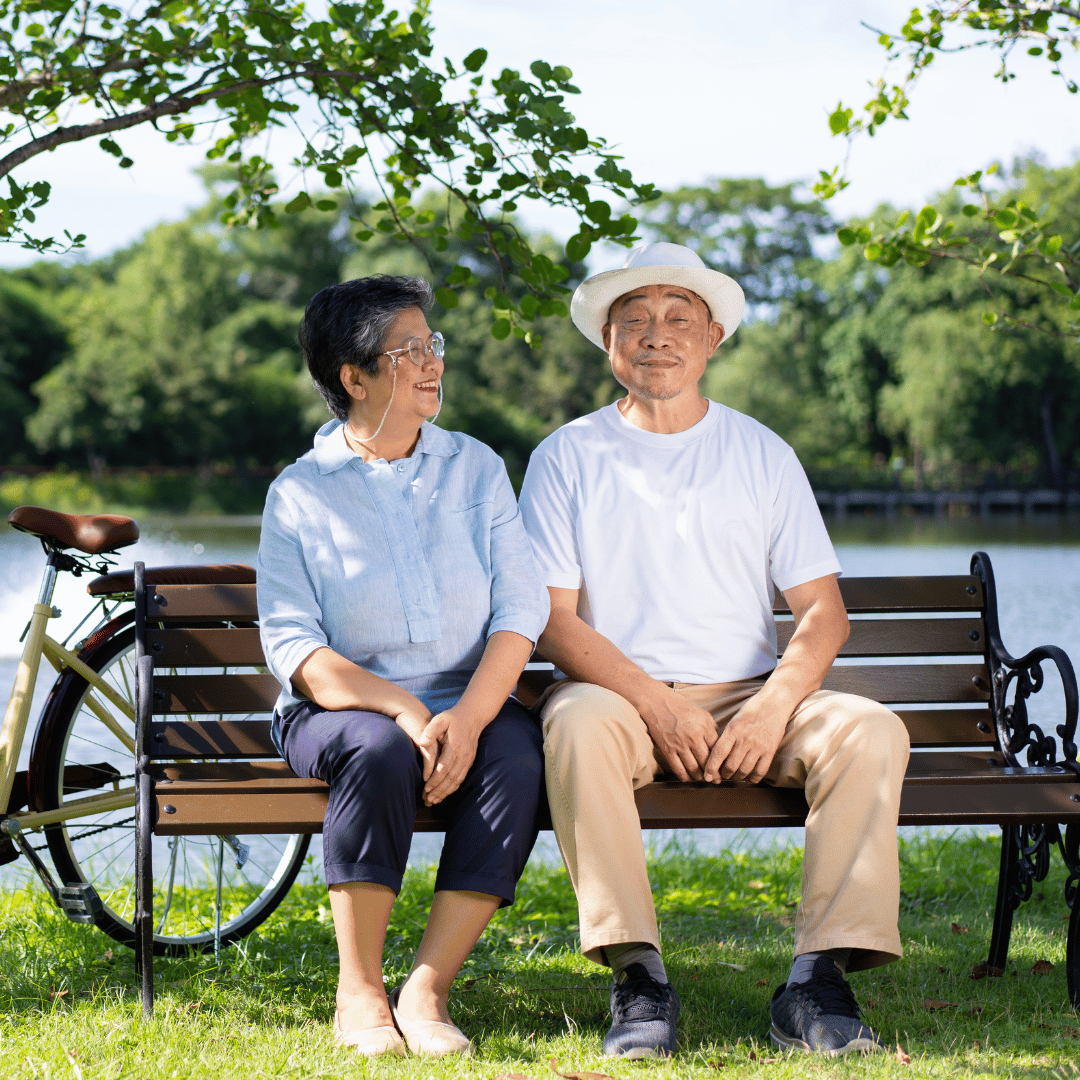
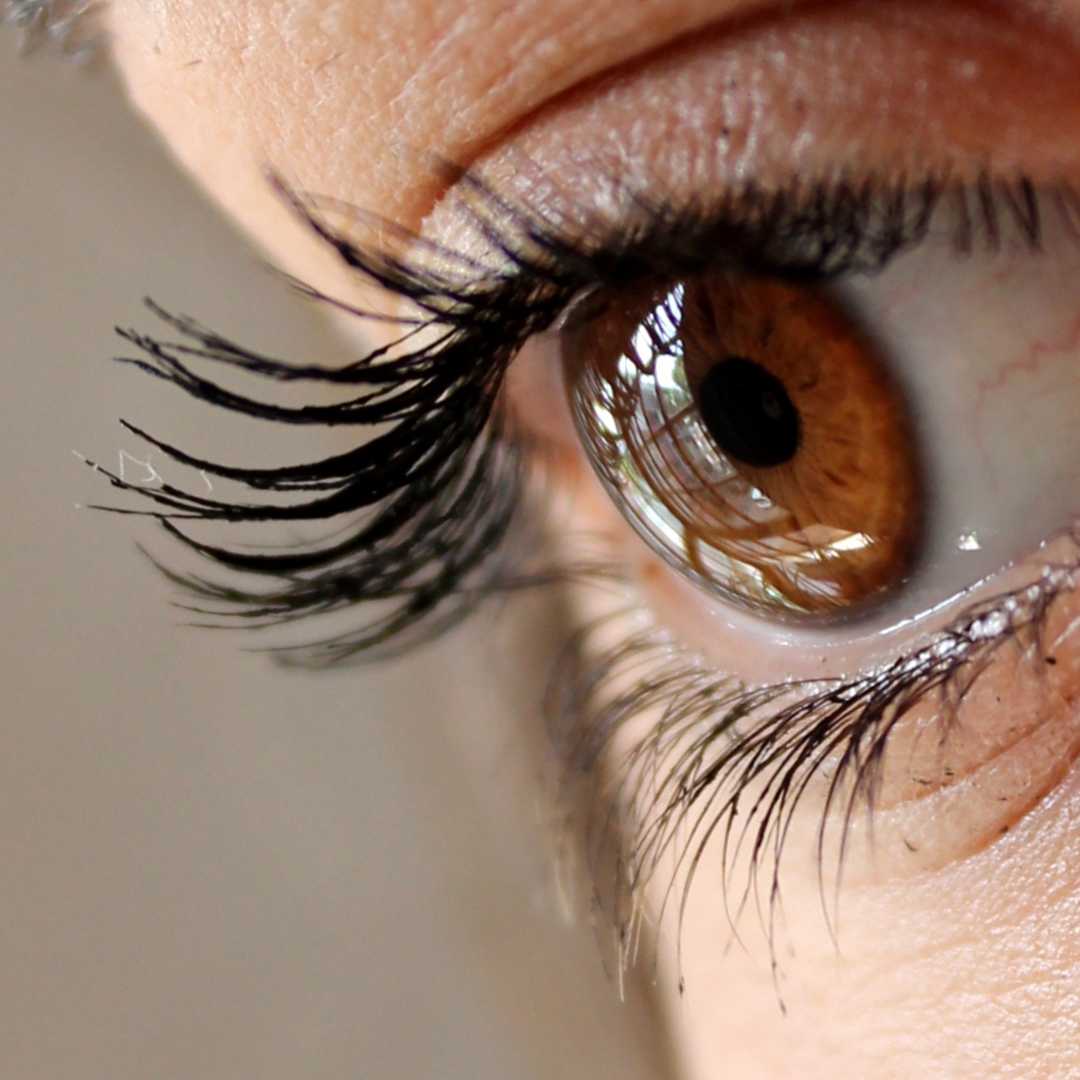

.png)
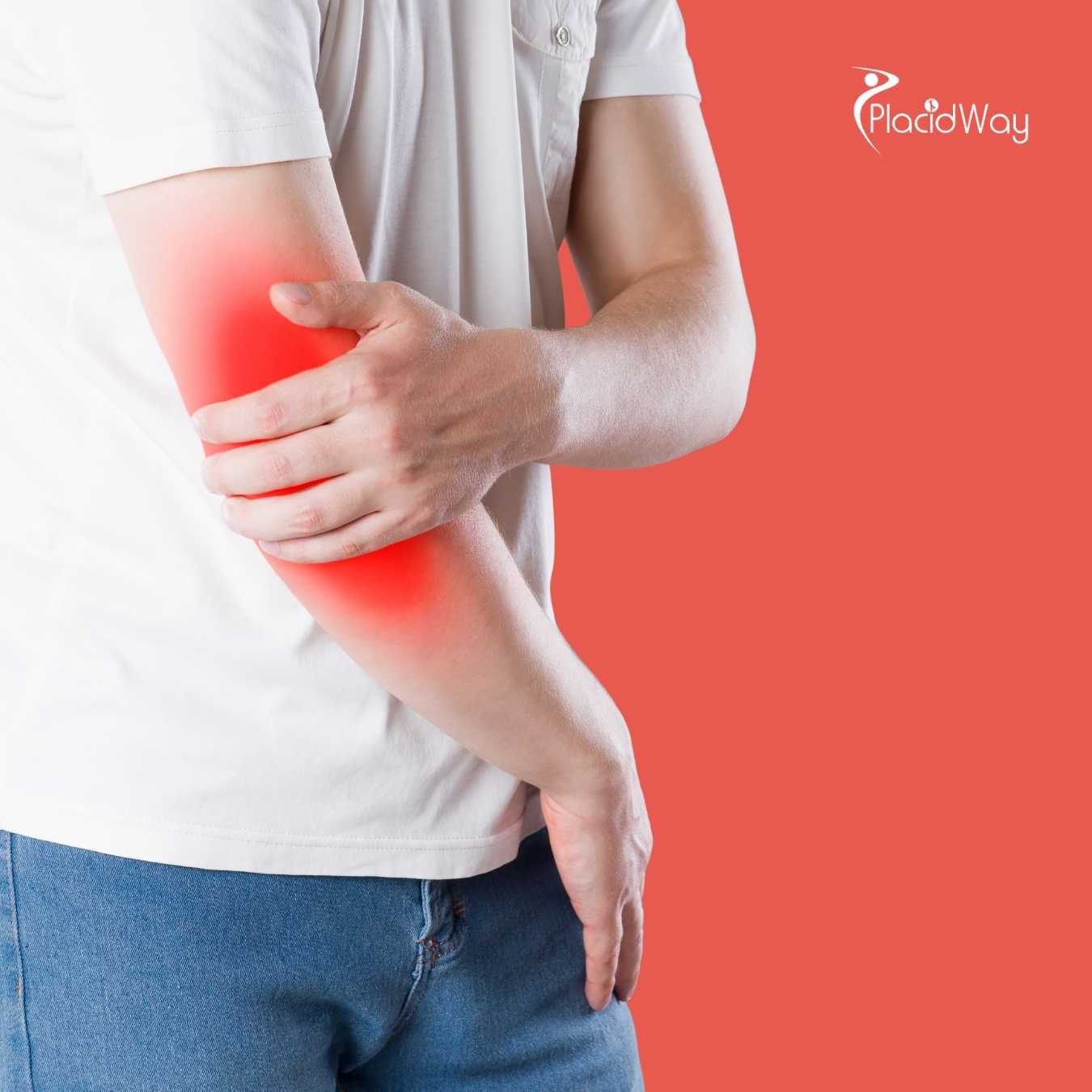
.png)
.png)

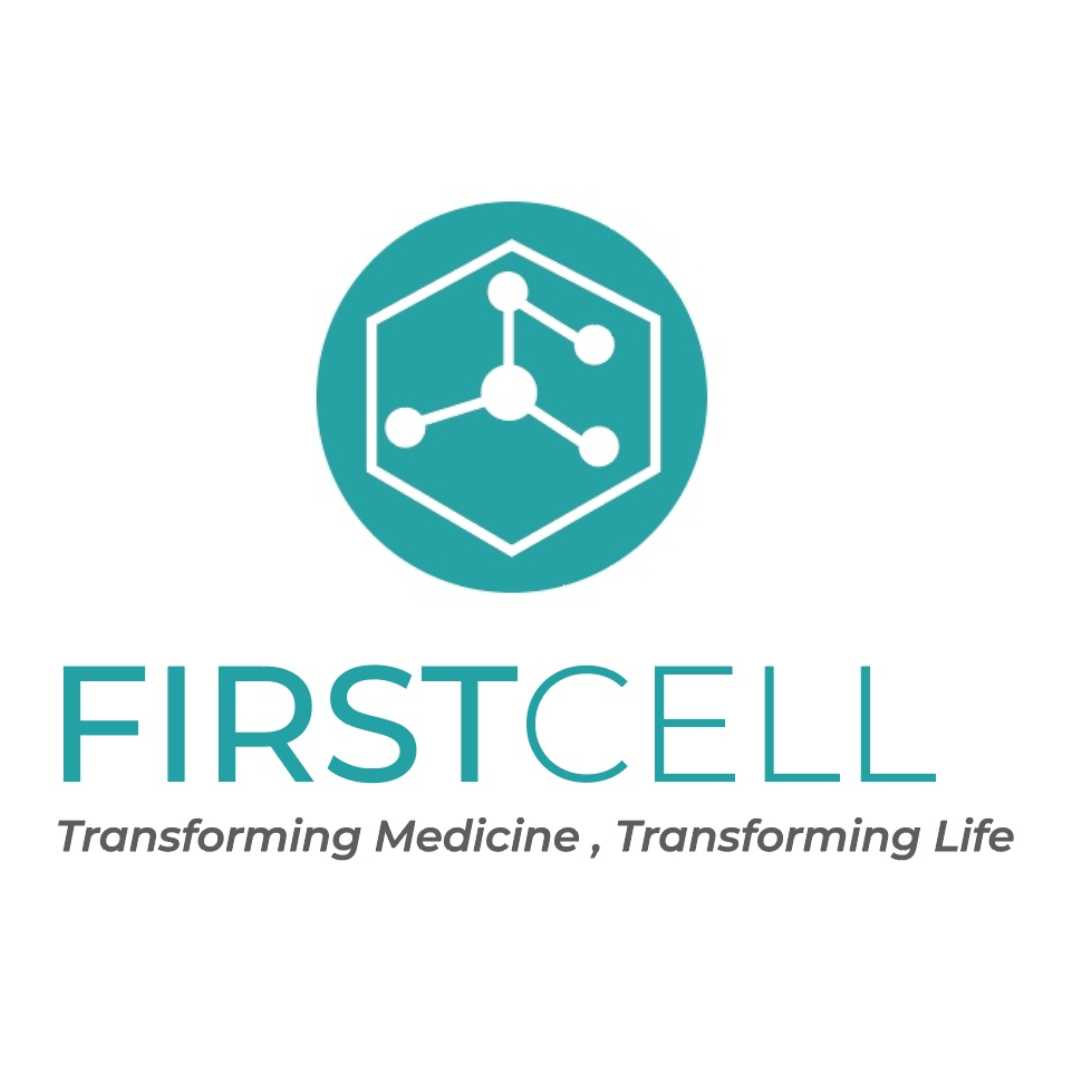
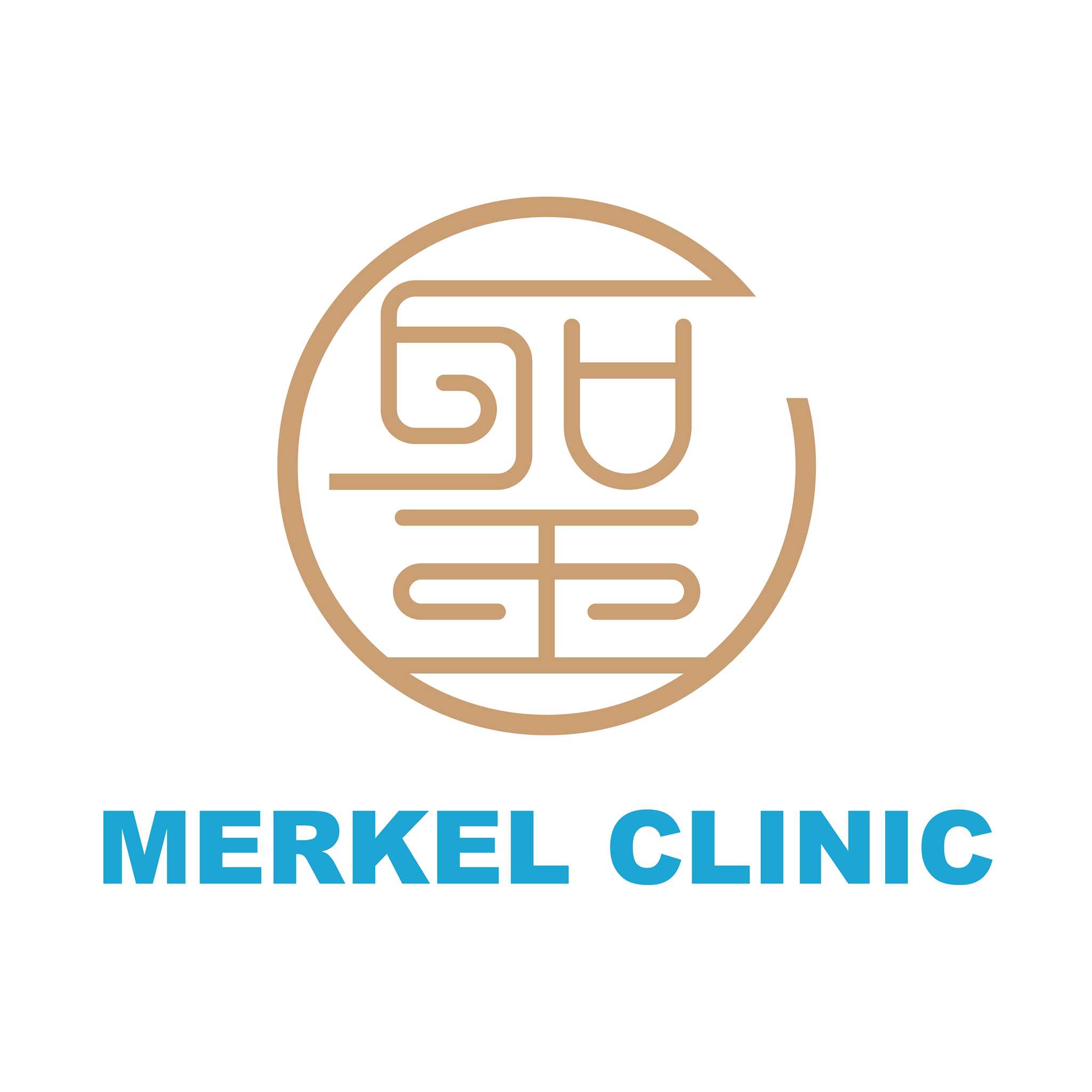



Share this listing